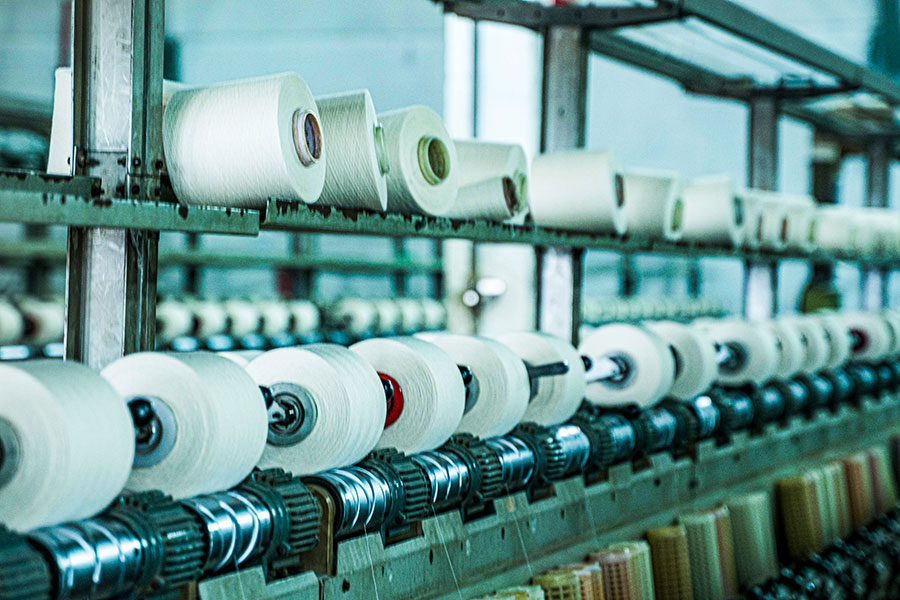Project Report For Cotton Yarn Dyeing
Introduction
Project report for cotton yarn dyeing is as follows.
The two most common procedures for colouring cotton are piece dyeing and yarn dyeing.
A continuous length of dry cloth is run full-width down a trough of hot dye solution in piece dyeing, which is usually employed for materials that will be a solid colour. The fabric is then passed over padded rollers, which evenly apply the colour and remove any extra liquid. The fabric is processed on a reel that travels in and out of a dye beck or vat in one variation of this fundamental method.
Most fabrics are used in colour, whether they are used to make clothes or other items. The natural grey colour is utilized in incredibly few things. Depending on the desired outcome, colour application, also known as dyeing, can be carried out at the fiber, yarn, beam, fabric, or garment stages.

Product & Application Of Cotton Yarn Dyeing
The fabric, garment, or made-up piece itself is dyed with a single hue if the goal is to obtain consistent colour on the entire fabric, entire garment, or made-up article. To create stripes, checks, or other patterns in knit or woven fabrics, yarn dyeing is used.
Shirts, formal clothing, bed linen, sweaters, sports equipment, and home furnishings all frequently employ dyed yarn. Additionally, it is used sparingly to add minor designs, patterns, patches, etc. to a variety of clothes, fabric totes, and other items.
The demand for such shirts has increased dramatically over the past few years as a rising number of men have begun to favour ready-made shirts over those that are custom-stitched. Many young people from the high and upper middle classes search these clothes for checks, stripes, and other patterns. Additionally, there is a sizable global export market for ready-made shirts, with India playing a significant role in the industry.
Project Report Sample On
Cotton Yarn Dyeing
Get Completely Custom Bankable Project Report
The main raw material is dye. Cotton is a cellulose fabric and must be dyed using direct, reactive, vat, sulphur, or azoic dyes. Color, fastness, consistency in appearance, and affordability are the primary considerations to take into account while choosing dyes.
Since reactive dyes are less expensive, they are being used more frequently now than vat dyes, which are more expensive but have better wash and light fastness. Because the colouring process uses a lot of water, water-softening agents are also required. Dye products in a range of shades and grades are available in all industrial cities.
Market Potential Of Cotton Yarn Dyeing
The cotton market had a value of USD 518.7 million in 2020. Between 2021 and 2028, the market is projected to grow at a CAGR of 40.0%, from USD 637.1 million in 2021 to USD 6,730.9 million in 2028.
Expenses

Product Cost Breakup

Reveneue Vs Expenses

Market Trend

The spinning mills package cotton yarn in a hank or cone shape. By submerging it in a dye bath, hank yarn can be coloured while still in the hank form. To ensure dye penetration in the interior layers of the yarn, yarn on cones must be rewound into soft cones. Therefore, to create soft packages, the original grey yarn is coiled on collapsible spring tubes in cheese winders. These tubes are kept on the pegs of the dye chamber, which is where the dye is applied to the yarn’s inner layers. Depending on the type of dye used and the desired shade, the yarn must be kept in the dye for a specific amount of time at a specific temperature.

